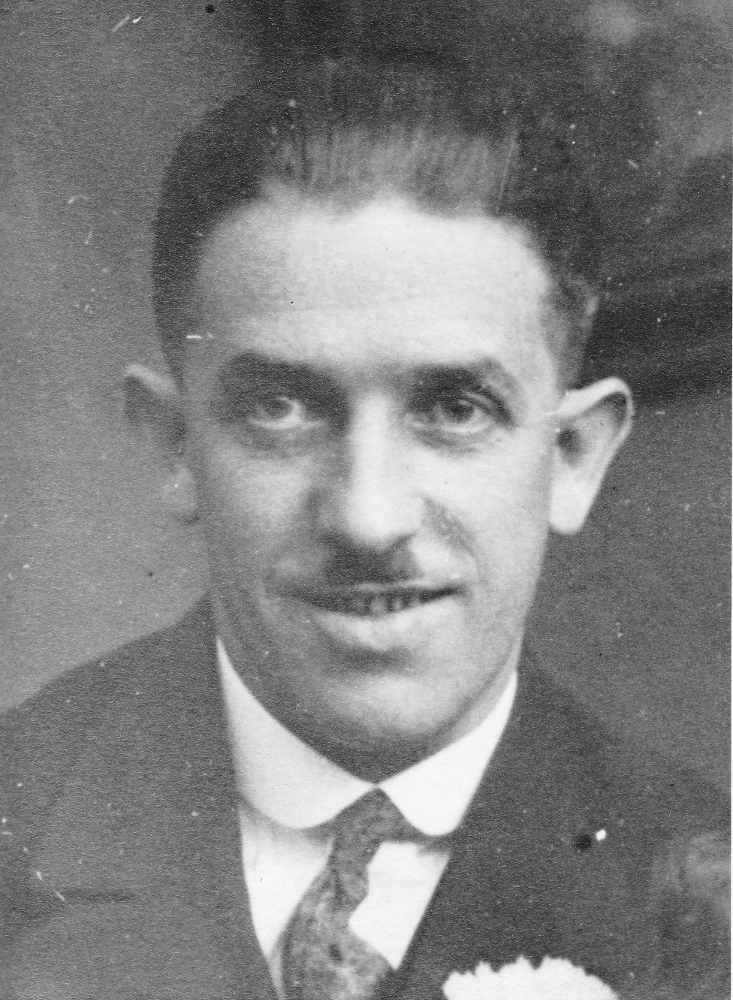Quellen
Richardi, Hans Günther: Schule der Gewalt. Das Konzentrationslager Dachau 1933-1934, München 1983.
Weber, Hermann/Herbst, Andreas: Deutsche Kommunisten. Biographisches Handbuch 1918 bis 1945, Berlin 2004.
Admission free
Kommunistischer Landtagsabgeordneter, eines der ersten Mordopfer im KZ Dachau

Joseph Götz, undatiert | Privatbesitz Friedbert Mühldorfer
Nach Abschluss der Schlosserlehre ging Joseph Götz 1913 auf Wanderschaft, ließ sich in Mannheim nieder, wurde aber 1915 zur Kriegsmarine eingezogen. 1917 nahm Joseph Götz an den Massenprotesten von Matrosen gegen den Krieg teil, wurde wegen Meuterei vom Reichskriegsgericht zu einer langjährigen Zuchthausstrafe verurteilt, während der Novemberrevolution aber von revolutionären Matrosen aus dem Zuchthaus Celle befreit. Er kehrte nach München zurück, wo er sich als Mitglied der Roten Armee an der Verteidigung der Räterepublik beteiligte.
Götz arbeitete dann wieder als Schlosser, organisierte sich in der Gewerkschaft und wurde zum Betriebsrat gewählt. Seit 1919 Mitglied der KPD, wurde er 1923 als Gewerkschaftssekretär bei der Bezirksleitung Südbayern angestellt und 1924 in den Landtag gewählt. Götz war seit Oktober 1923 wegen Abhaltung von in Bayern verbotenen kommunistischen Versammlungen mehrfach verhaftet, eingesperrt und 1926 auch zu einer mehrjährigen Freiheitsstrafe verurteilt worden, doch entzog er sich der Haftstrafe durch Flucht in die Sowjetunion. Nach seiner Amnestierung kehrte er 1928 nach München zurück.
Als Organisationsleiter der bayerischen KPD lebte er bereits seit der Machtübernahme der Nationalsozialisten in illegalen Quartieren, so auch in Oskar Maria Grafs Wohnung in der Schwabinger Hohenzollernstraße. Graf war ein wichtiger Unterstützer der von Götz mit aufgebauten Gefangenenhilfsorganisation ‚Rote Hilfe‘. Am 20.3.1933 wurde Joseph Götz verhaftet, bereits bei den Polizeiverhören misshandelt und fünf Tage später in das KZ Dachau gebracht. Dort war er in einer Einzelzelle des Lagergefängnisses schwersten Folterungen ausgesetzt, ähnlich wie Fritz Dressel und Hans Beimler, beide ebenfalls Abgeordnete der KPD. Unmittelbar nach der geglückten Flucht Beimlers wurde Joseph Götz am 9.5.1933 im Gang des Lagergefängnisses durch einen Kopfschuss ermordet.
Richardi, Hans Günther: Schule der Gewalt. Das Konzentrationslager Dachau 1933-1934, München 1983.
Weber, Hermann/Herbst, Andreas: Deutsche Kommunisten. Biographisches Handbuch 1918 bis 1945, Berlin 2004.